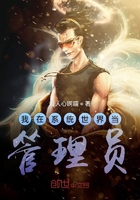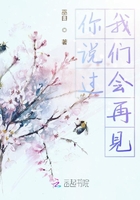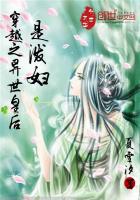"Fred, I noticed that when we looked at the spider, we said nothing about the lower half of his body," said Norah.
"No," said Fred, "I left that for another time. Suppose we talk about it now. This part of the spider"s body is very wonderful. It contains the machinery (if I may call it so) for spinning the web. The material for the thread is a gummy fluid, which is prepared inside the body.
"On the under part of the body near the end are the openings of four tiny tubes-the spinnerets. Teacher says that the end of each of these tubes is pierced like a pepper-box with about 1000 little holes. It is through these tiny holes that the spider sends out the gummy fluid which is to make his thread. It hardens as soon as it reaches the air.
"Now I am going to tell you the most wonderful thing of all. The spider"s hind feet are made like a pair of combs. These combs gather up and twist into a rope the fine threads from all the four spinnerets-1000 from each, or 4000 in all.
"Think for yourself, Norah, what a fine delicate thing the thread of the spider"s web is. Fancy that fine thread being itself made up of no less than 4000 separate threads twisted together by the spider"s feet. Isn"t it wonderful?
"Next time you see a spider at work weaving his web, watch him. He is very clever.
"He first spins a very long thread, and then leaves it hanging from his body, for the wind to catch it, and carry it across the space, and lodge it on some twig or wall, to which it will cling.
"Then he proceeds to stretch other threads across in a similar way, making them all meet in the centre.
"Lastly, he runs a fine thread round and round, starting from the centre and ending at length on the outside.
"Our garden-spider makes the most beautiful of all webs, and he can finish it in about an hour. Then he retires to his den close by, to watch for the flies that come buzzing about.
"Presently he sees an unwary fly entangled in the elastic thread and struggling to get free. Then with a sudden rush he throws himself on his victim, holds it fast in his cruel claws, which as I told you, are both spears and poison-fangs, and at the same time binds its body with more cords.
"Thus close-bound in every limb, bruised, bitten,and poisoned, the poor fly is dragged away to the den of the victor in triumph.""There is just one other difference between spiders and insects," said Willie, "which we ought not to forget. You know that insects have to pass throughthree distinct stages from the egg to the perfect form-the larva, the pupa, and the perfect insect.
"The little spider begins the world from the eggat once in its perfect form, and as it grows bigger and bigger it casts its skin from time to time."SUMMARY
The spider spins its web with a gummy fluid from its own body. Each thread is made up of 4000 separate strands. The web is wonderfully made. The young spider begins its life in its perfect form; it does not pass through different stages, as the insects do.
Lesson 50















